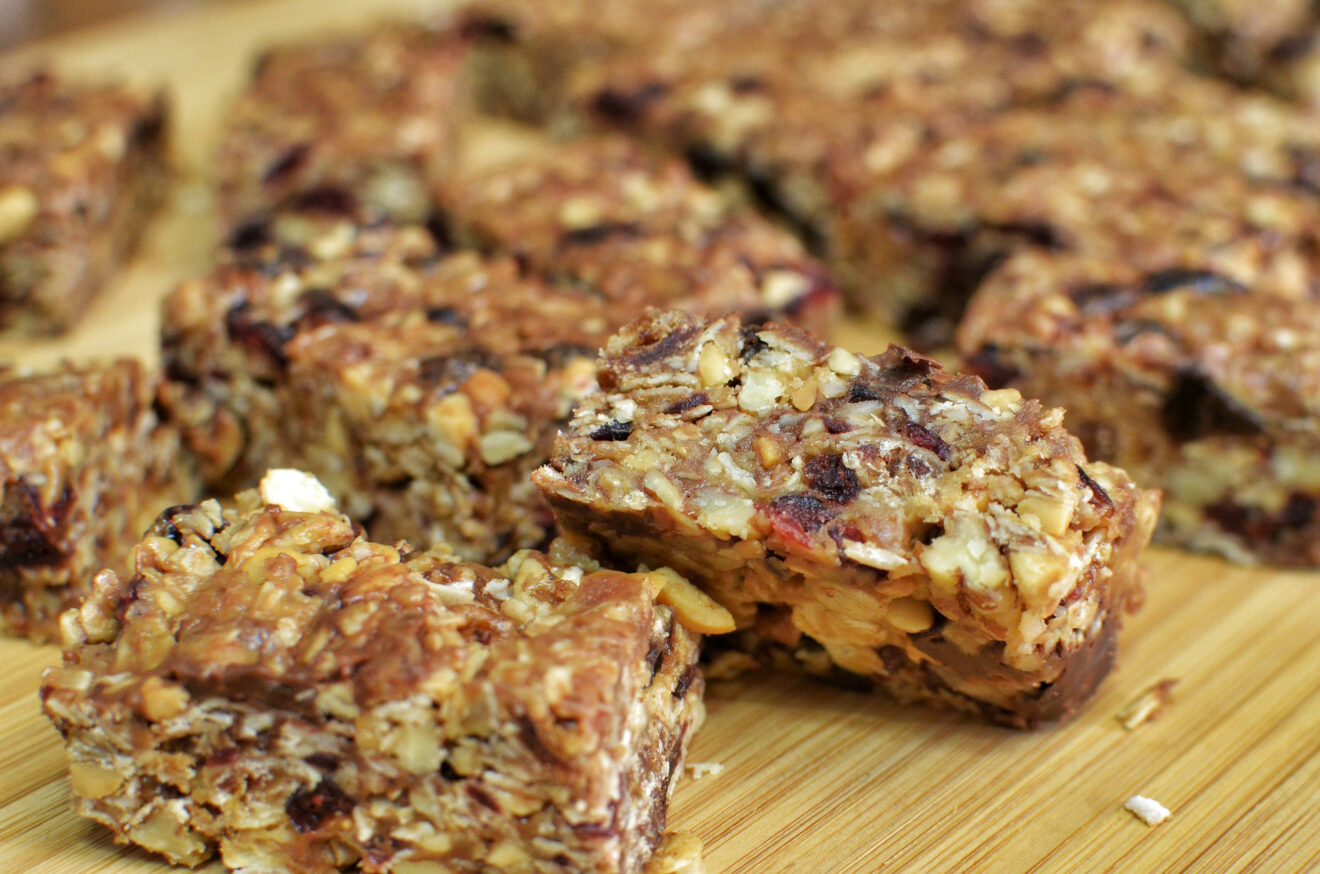How we eat today bears little resemblance to the nostalgic notion of three balanced meals a day of just a generation ago. The transformative changes occurring in how America’s consumers eat and drink, behaviors with little regard to rules for how, when and what one should eat, is the impetus behind the burgeoning growth of the snack market.
We are now a nation of snackers! As The Hartman Group’s, The Future of Snacking 2016 report finds, 91% of consumers snack multiple times throughout the day. Snacking now accounts for half (50%) of all eating occasions as America’s consumers says that snacking is essential to daily nutrition.
This isn’t to say that all eating norms have been tossed out the window. As an ideal, the traditional eating patterns of three structured meals a day remains a defining paradigm for Americans. In practice, however, modern eating styles are characterized by frequent snacking, so much so that 37% of the time, snack foods can replace meals once or more per day.
A confluence of cultural shifts has led to the prominence of snacking. These shifts include:
- the erosion of food rituals relating to the nuclear family,
- rapidly changing wellness and culinary trends, and
- the growing access people have to diverse foods and beverages and the breadth and variety of those products.
As eating experiences that tend to be individualized and not shared, snacks can address consumer needs in ways that traditional meals often cannot. The boundary between meals and snacks is blurring, but most people understand a meal to be shaped by cultural traditions around timing, setting and food groups. Snacks, on the other hand, are highly personalized and variable.
Snacks often punctuate and bridge larger eating occasions, but happen fluidly and spontaneously, often during other activities. As such, they are low or no prep occasions and more easily satisfy demands for immediacy. Snacks are likewise less substantial, often containing fewer than 200 or 300 calories, and people do not hold snacks to the same nutritional standards as meals.
As consumers manage a customized approach to eating through their snack choices, they negotiate their own sense of balance between desires for nourishment, optimization, and pleasure in their daily choices.
Plant based options continue to grow in popularity as well. However, this customized balancing act can be fraught with tension as consumers weigh aspirations and actual behaviors, benefits and detriments.
Despite being a solution to a range of needs, many consumers see snacking as a pitfall for overconsumption and more than a third (36%) of consumers report actively trying to limit the amount they snack.
Mirroring broader trends in the retail landscape, sourcing for snack occasions is experiencing an era of disruption and diversification. Despite being the source for eight in ten (81%) of snack occasions, food industry retailers have been losing share to other sources, particularly to restaurants/foodservice, which has tapped emerging needs for smaller sizes within the blurry space between meals and snacks.
The future of snacking (report)
Looking ahead, we see multiple opportunities for companies to relate with consumers around new, flexible eating styles. With fewer cultural constraints than meals, the future of snacking will give consumers opportunities to explore new kinds of food and beverage, new brands and bend traditional eating patterns to their personal needs and wants
The blurring boundary between meal and snack will accelerate, leading to the emergence of more undefined eating occasions. Within its prominent position, snacking will continue to involve an interplay with meals, particularly breakfast and lunch.
In the days ahead, snacking will fully embrace freshness. Snacking will involve even greater scrutiny by consumers around freshness as a symbolic indicator of quality in foods and beverages. Currently, food for meals indexes as comparatively fresher, while traditional “snack product categories” generally lag as inherently more processed.
As CEO of The Hartman Group, Demeritt drives the vision, strategy, operations and results-oriented culture for the company’s associates as The Hartman Group furthers its offerings of tactical thinking, consumer and market intelligence, cultural competency and innovative intellectual capital to a global marketplace.
If you enjoyed this article, please sign up for our daily restaurant news briefing. For more great content, subscribe to any of SmartBrief’s 275+ email newsletters.
